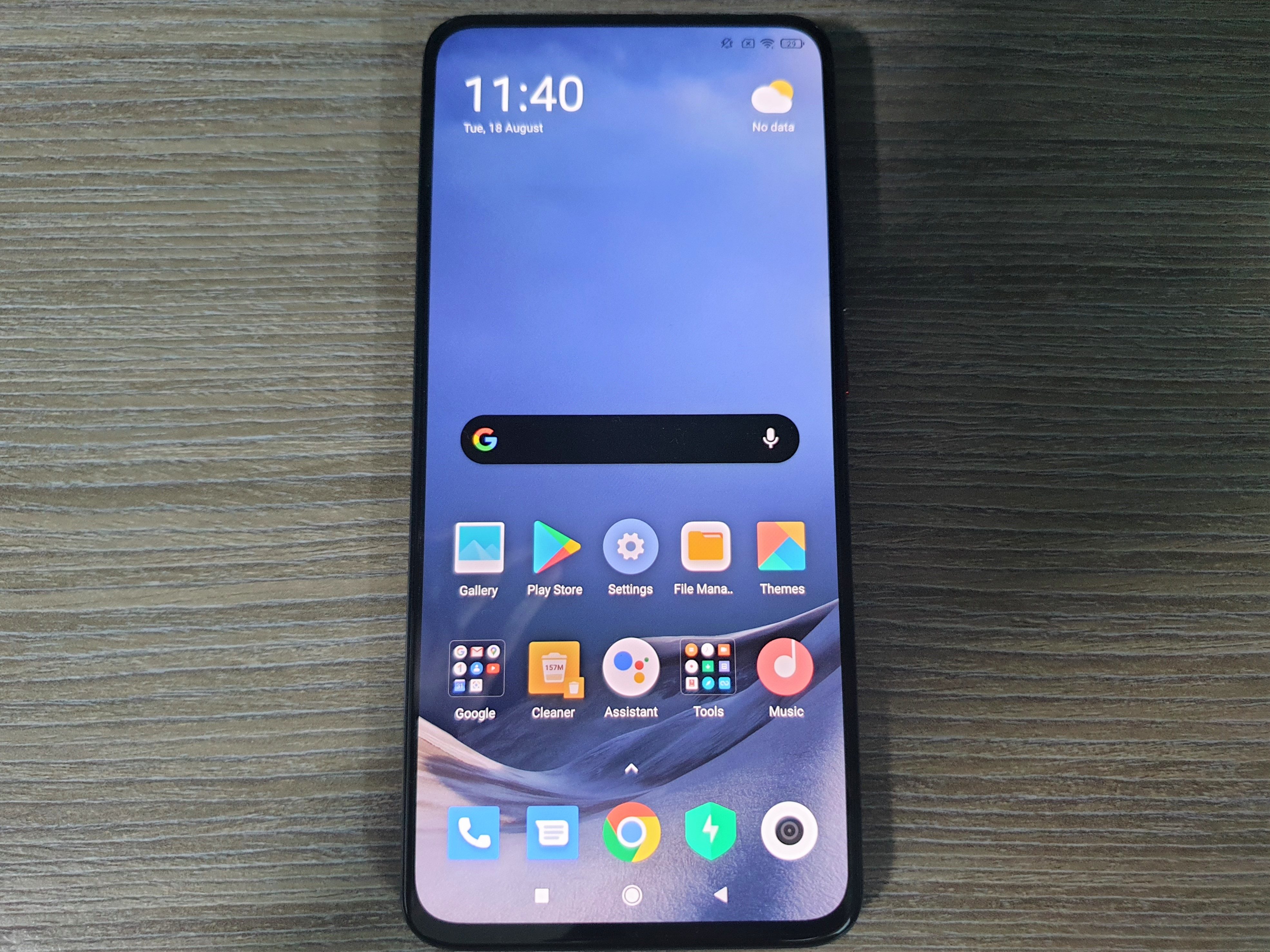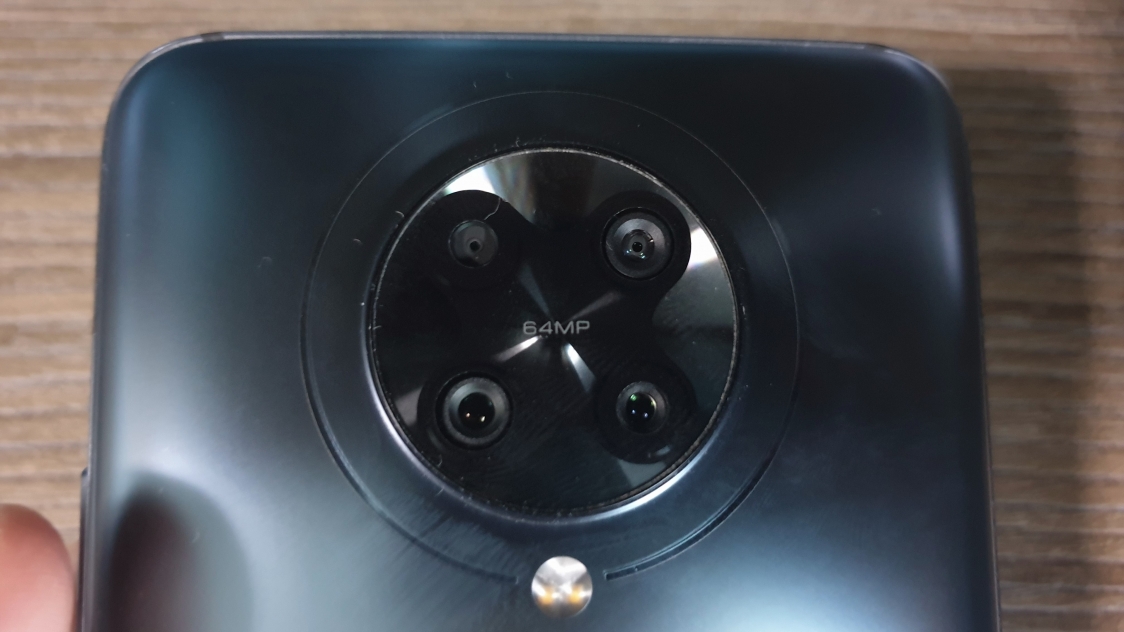SUMMARY
This is AI generated summarization, which may have errors. For context, always refer to the full article.

This article also appears on tech site Solid State Now.
In 2018, Xiaomi surprised the world by packing a Snapdragon 845, then a flagship chipset, into a sub-P20,000 smartphone – the Pocophone F1. It was an unprecedented move that encapsulated the newly launched Poco sub-brand’s bold mission of creating smartphones that deliver “the ultimate performance with no frills.”
More than a year later, Poco is back with a follow-up, the F2 Pro, which lives up to that same promise, touting top of the line specs in just about every department.
The best thing about it is that it features a pop-up mechanism for housing its front-facing camera, allowing for that uninterrupted, all-screen display.
The pop-up design was at one point the hot trend that every brand wanted a piece of, but over the last year or so, it appears that most have scrapped it and reverted back to notch implementations. That’s why seeing it on the F2 Pro is immensely refreshing. It feels as if Poco is not out to play it safe, sticking to an unconventional design that’s said to be less practical and cost-efficient.
Personally, I’ve always preferred pop-ups over notches as watching videos feel a lot more immersive without having anything break the screen’s symmetry. Even better, the phone flaunts a large 6.67-inch Super AMOLED display that produces some beautiful and vibrant colors.
Combine all these features together, and the F2 Pro offers a viewing experience that’s close to being unmatched at its P26,990 price point. I say “close” due to it having one compromise – the display only supports the standard 60Hz refresh rate. In comparison, the Realme X3 SuperZoom, priced at P24,990, offers double that number at 120Hz. Then again, that phone’s display is broken up by an elongated punch-hole notch that contains two selfie cameras.

The F2 Pro continues the legacy of its predecessor by similarly offering a high-end chipset – the Snapdragon 865, the same chipset that’s powering flagship series such as the Galaxy S20, OnePlus 8, and Xiaomi’s own Mi 10. All these smartphones cost more than the F2 Pro at retail, making it one of the most affordable options to enjoy the high-end chipset.
So what’s so special about the Snapdragon 865?
Well, it’s one of the fastest and most powerful chipsets available today, and only bested slightly by the iterative Snapdragon 865 Plus. And, from my time with the F2 Pro, the 865’s performance numbers translate very well in everyday use. I never encountered any issues with multitasking between apps and playing graphics-intensive games. It’s top-notch performance all around.
The chipset supports 5G, future-proofing the F2 Pro for possibly the next several years. While the network technology has yet to become widely available, there’s no denying that it’s already here and slowly rolling out. So having such a feature is essential in sort of determining the longevity of the phone’s use.
As for cameras, the F2 Pro’s quad rear system – housed in a nifty circular camera array – is fairly good, but far from being the best at this price range. The 64MP main lens produces some natural-looking photos – colors aren’t overly vivid or exaggerated – which I love. Same goes for the 13MP ultrawide lens, albeit sacrificing a bit of sharpness and detail. The 13MP macro and 2MP depth lens are decent and work as they should.
The macro lens here, in particular, works better than other smartphones I’ve reviewed. That said, I still would have preferred a dedicated zoom lens as it’s hard to get good results on anything beyond 2x zoom.
When putting it against the aforementioned Realme X3 SuperZoom, it may come down to preference as to which camera system is better. The X3 SuperZoom – from its name alone – beats the F2 Pro in zooming, touting a periscope lens that’s capable of 5x optical zoom and 60x digital zoom. The F2 Pro, however, offers a better macro camera that’s less hit-or-miss with quality.

Powering the F2 Pro is a 4,700mAh cell that can last up to an entire day under heavy use. As with most phones, mileage can vary, but during my time with the phone, the battery lasted long enough to support all my everyday needs.
Also, I really appreciate the inclusion of a headphone jack on this one. While I typically use wireless earphones now, having more options is always a win in my book.
All in all, the Xiaomi Poco F2 Pro is a “flagship killer” in every sense of the word, offering a Snapdragon 865 chipset, an all-screen, AMOLED display, and 5G support for a relatively inexpensive price. Despite a number of compromises, such as the lack of 90 to 120Hz refresh rate display and a dedicated zoom lens, the value proposition here is just hard to beat.
But, if 5G and performance is not as important to you, the Realme X3 SuperZoom – the other flagship killer in this space – is a couple thousand pesos cheaper and offers much of the same bang-for-your-buck experience.
The Xiaomi Poco F2 Pro is available now for the starting price of P26,990. Here are its key specs:
- Qualcomm Snapdragon 865
- 6.67” FHD+ AMOLED display
- 6GB RAM + 128GB storage/ 8GB RAM + 256GB storage
- 64MP f/1.9 wide + 5MP f/2.2 telephoto macro + 13MP f/2.4 ultra-wide + 2MP f/2.4 depth quadruple rear cameras
- 20MP f/2.2 wide pop-up selfie camera
- 4,700mAh battery with 30W fast charging
- USB Type-C
- 5G network connection
- Colors: neon blue, phantom white, electric purple, cyber gray
– Rappler.com
Add a comment
How does this make you feel?
There are no comments yet. Add your comment to start the conversation.